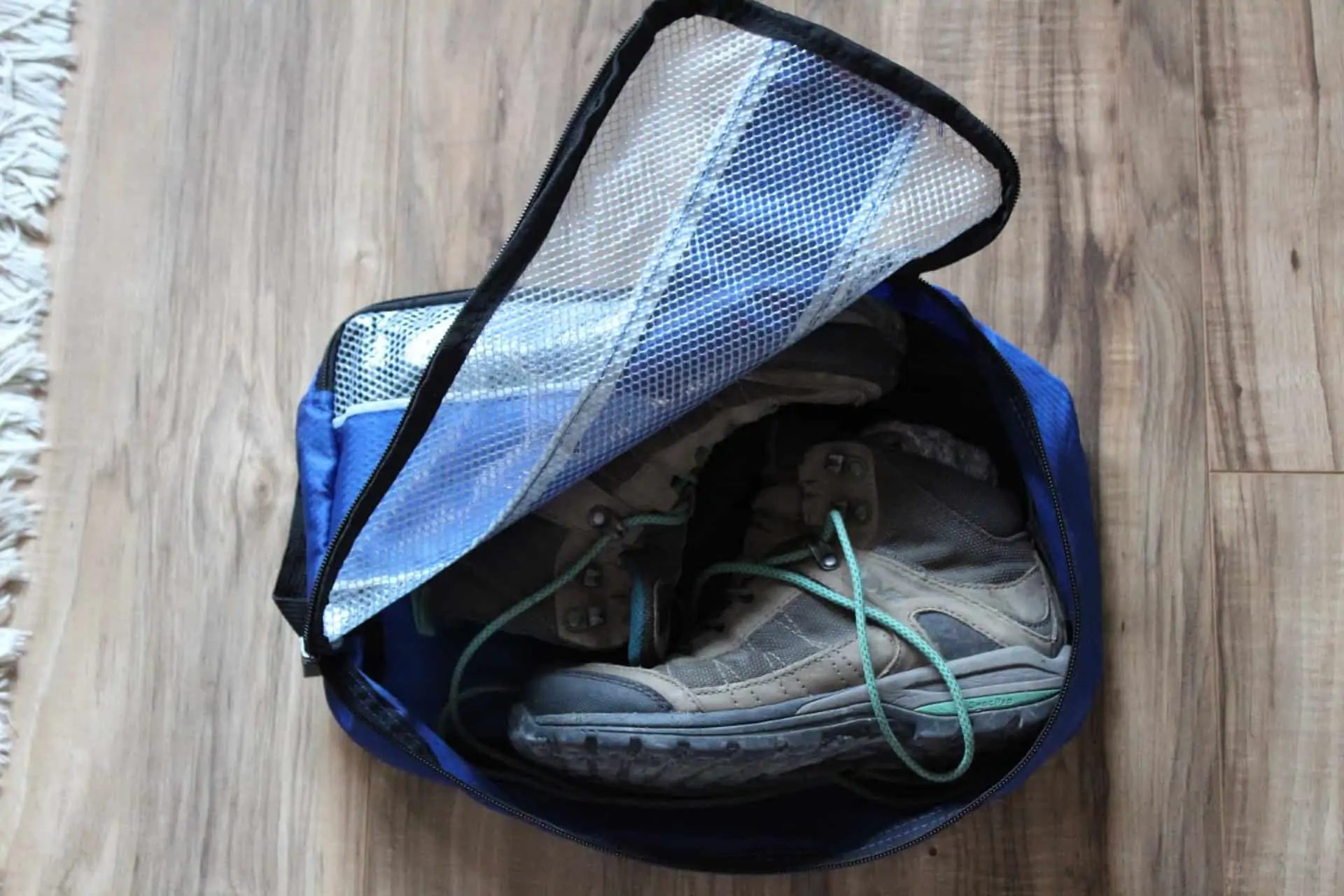How to spot false travel advertising
I see this stuff all the time. A photograph for an amazing adventure tour, an ad for a 5-star hotel that looks almost too good to be true, and a historic site that looks like it was created for stock photography. I like to call these “false advertisements”, because they’re misleading. They’re not the real deal, the authentic deal… or anything you’re looking for. But it looks like it is.
That adventure tour is twice as expensive as others, and they’ve paid good money for you to see the ad. The tour charges you for things that would ordinary be free. The photographs taken of that hotel were taken when it was first built… 10 years ago. You know, before thousands of tourists have run it down. That stock photograph of the historic site was taken at the right moment, with a $4,000 camera. You can make anything look appealing with a little Photoshop and the right camera angle.
So what do you do? How do you know if what you’re seeing is what you’re going to get? Here are a few of my personal tips for spotting a fake experience, hotel or site.
1. Google tells me. Google lets me know by putting a little green box with the word “ad” next to a website. It’s subtle, and honestly, sometimes I still click them without even noticing. Once you click on it, you quickly see that the website is filled with advertising. (I decided to pick on Cancun today.)

2. The website gives no substantial information or it’s a third-party. One sure give away that it’s a rip off is when there is a bullet list of vague promises they make to you, with no real substantial information other than “you’ll save money!” There are no links to social media with reviews, no information on the tour company, etc. Another thing to look for are these third party website with lists of “discounted tours”, that make you unsure of what company you’re actually booking with. Like this:

It’s telling me I’ll save $, but I actually don’t even know how much a tour should cost to begin with, and also I don’t know if the company that I’m going with has good reviews. (Also take note of odd, vague “rewards” such as “Top 100 Travel Sites”.. I wonder who gave them that award?)
Here is an example of a website for an actual tour company in Cancun.

A couple of things you’ll notice is right away you can read reviews, you can see the cost, you see links to social media and photographs. Under the navigation menu you’ll find an “about me” with critical information about the company, its board of directors, etc. Those are important aspects to ensure the site is legitimate.
3. I found the hotel on a third-party website. I love Booking.com, and recommend it. However, I don’t use exclusively. The pictures they post are from the hotel, not from users. I recommend checking a blog review or TripAdvisor to see actual photographs of the hotel that are recent. TripAdvisor has a great feature that lets you search for hotels and then book through the third-party website, like Orbitz, Expedia or Booking.com. So I recommend never STARTING with the third-party website to search. You want to see photographs and reviews from real people FIRST.
For example, look how beautiful this hotel looks on Booking.com:

Looks like a fantastic deal for such a beautiful place! Now, check out photographs from actual travelers:


Not quite the same lovely feel, is it? Always check real reviews and actual photographs of a place before booking.
4. I’m looking at stock photography, and not actual photographs from people. I love perusing Google images, but I also know that the best, most doctored photographs tend to be at the top of the list. However, I want to see the real un-doctored ones, so I have a better idea of what I’m actually going to see. You have to do some more searching and digging to find the real reviews with actual traveler photographs. If you Google search Cancun beach, you’ll see some beautiful photographs. Some even say “wallpaper” on them. But is that really the beach I’m actually going to see? There are no people, no garbage… everything is perfect. I can’t be that naive to think that’s the beach I’m going to. So, search for some blog reviews. I found quite a few (like this one) that include an honest review from a person with photographs that are more realistic. (Like a car and seaweed at the beach.) Still looks beautiful… just more realistic. You can see if that’s really what you want to see, or if “meh.. looks like every other beach!”)
I hope these tips help you to spot the false advertising, or at least dig a little deeper to make sure you’re getting what you want. If it looks too good to be true, maybe it is. Some places are gorgeous, amazing and you can’t believe you found it! But you want to be sure… so do the extra homework to find out!

